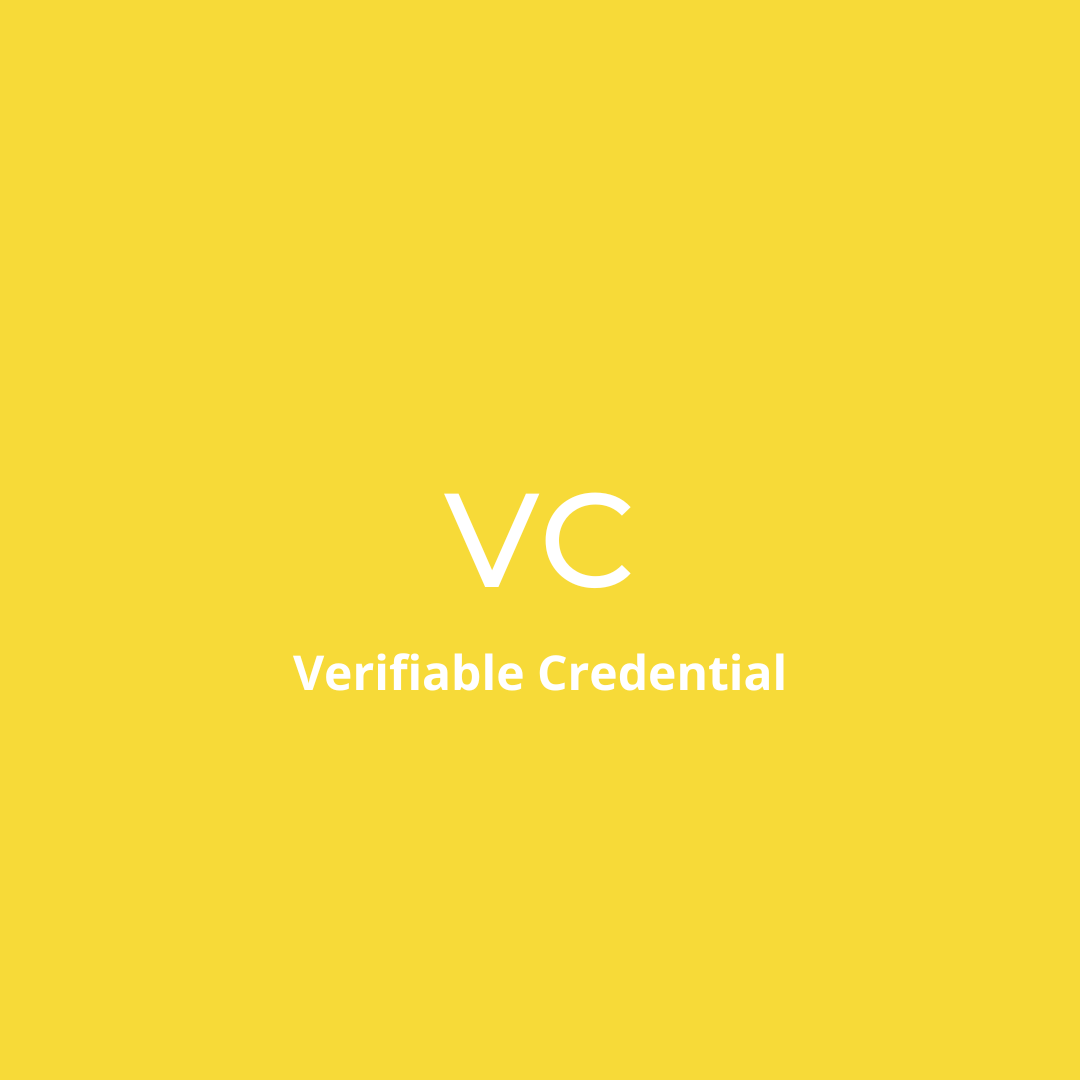VC / Verifiable Credential

In today's digital world, identity is more important than ever. From online banking to social media, we use our identities to access a wide range of services and applications. However, traditional identity systems are often fragmented, insecure, and prone to fraud. This is where Verifiable Credentials (VC) come in.
What are Verifiable Credentials (VC)?
Verifiable credentials (VCs) are an open standard for digital credentials. They can represent information found in physical credentials, such as a passport or license
A Verifiable Credential is a digital representation of a piece of information that can be cryptographically verified. It is issued by a trusted authority, such as a government agency, educational institution, or employer, and can be used to prove a person's identity or attributes. For example, a Verifiable Credential can be used to prove that someone has a certain degree, certification, or license.
The key difference between Verifiable Credentials and traditional digital identities is that the former are self-contained and portable. They can be stored and shared securely, without relying on centralized databases or intermediaries. This makes them more private, secure, and user-centric.
Benefits of Verifiable Credentials
Verifiable Credentials offer several benefits over traditional identity systems:
- Privacy: Verifiable Credentials are designed to protect the privacy of the user. The user controls the information that is shared and can choose to disclose only what is necessary for a given transaction.
- Security: Verifiable Credentials use cryptographic algorithms to ensure the authenticity and integrity of the information. This makes them tamper-proof and resistant to fraud.
- Interoperability: Verifiable Credentials can be used across different platforms and applications, making them more flexible and scalable.
- User-Centric: Verifiable Credentials put the user in control of their own identity. Users can choose which information to share and with whom, without relying on intermediaries.
Syntax of Verifiable Credentials
Verifiable Credentials are based on a set of open standards, including JSON-LD, DID (Decentralized Identifier), and VC Data Model. These standards define the syntax and structure of Verifiable Credentials and enable interoperability between different systems and platforms.
Methods of Implementing Verifiable Credentials
There are several methods for implementing Verifiable Credentials, including centralized, decentralized, and hybrid models. Each method has its own advantages and disadvantages, depending on the use case and requirements.
Example of Verifiable Credentials in Action
Verifiable Credentials are already being used in a variety of industries, including healthcare, finance, and education. For example, in healthcare, Verifiable Credentials can be used to share medical records securely and efficiently between patients, doctors, and hospitals. In finance, Verifiable Credentials can be used to verify the identity of customers and prevent fraud. In education, Verifiable Credentials can be used to verify academic degrees and certifications.
Verifiable Credentials are the future of digital identity. They offer a more private, secure, and user-centric approach to identity verification and can be used across a wide range of industries and applications. As the technology matures and adoption increases, Verifiable Credentials will become an essential part of our digital lives.

